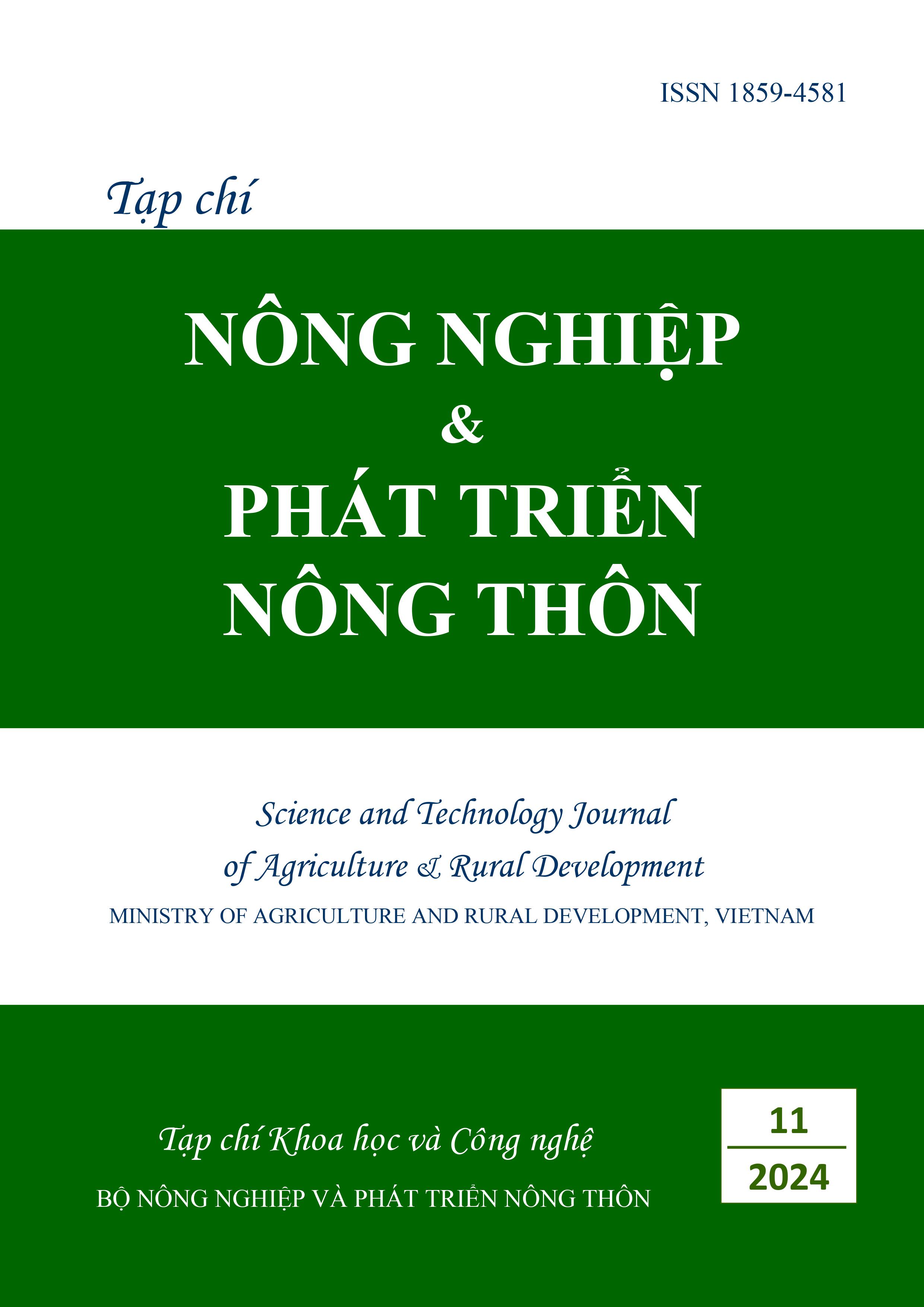INVESTIGATING THE EFFECTS OF BACTERIOPHAGES AGAINST Citrobacter spp. BACTERIA ISOLATED FROM WATER IN SHRIMP PONDS
DOI:
https://doi.org/10.71254/txva2057Keywords:
Citrobacter spp., bacteriophage, the double - layer agar (DLA), plaqueAbstract
Citrobacter spp. is an opportunistic pathogen that causes diseases in aquaculture and is a multidrug-resistant bacterial strain of current concern. To effectively and safely address this issue, finding alternatives to antibiotics is becoming more urgent than ever. Currently, using bacteriophages is a potential biological method to replace antibiotics in treating diseases caused by bacteria. Therefore, the study "Investigating the effects of bacteriophages against Citrobacter spp. bacteria isolated from water in shrimp ponds” was conducted with aim of indentifying at least one phage strain capable of infecting Citrobacter spp. isolated from shrimp pond bottom water and mud. This project aims to identify phage strains capable of inhibiting Citrobacter spp. bacteria. The result was the isolation of a bacteria strain from shrimp pond water and the identification of bacterial sample N1 as Citrobacter freundii. From samples of sick shrimp, shrimp pond water and mud, 58 bacteriophage strains were isolated. Using the drop-plaque method, six phage strains, ɸTb, ɸBAM2, ɸBAM1, ɸVH3, ɸDH2 and ɸDH3, were selected for their ability to infect Citrobacter spp. Among them, the DH3 bacteriophage strain showed the clearest and most transparent plaque on the Citrobacter freundii bacterial background. The DH3 bacteriophage was chosen to evaluate its impact to bacterial population and morphology of Citrobacter freundii colonies using the spread counting method. The evaluation results indicated that the phage strain ɸDH3 reduced the bacterial population and altered the morphology of Citrobacter freundii.






